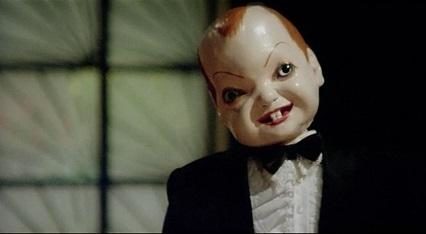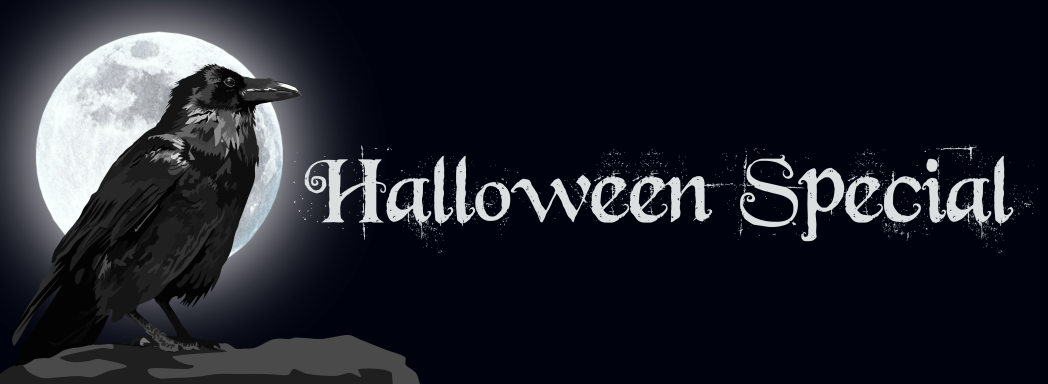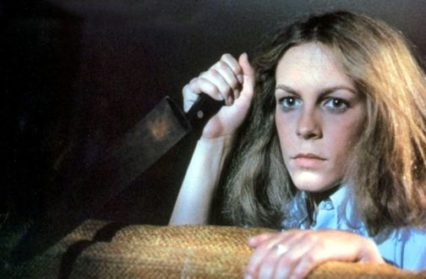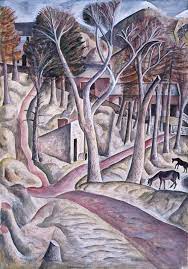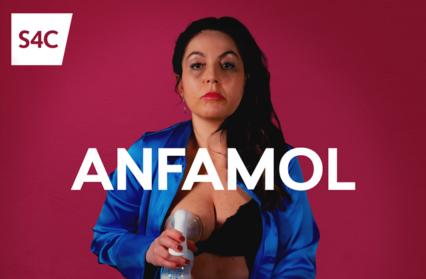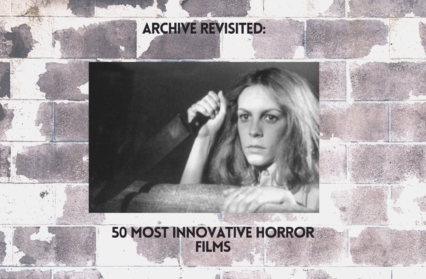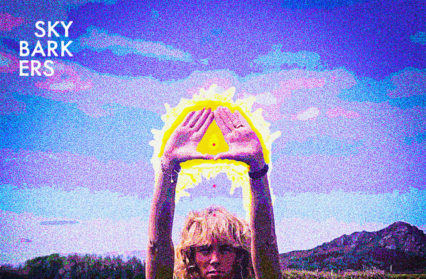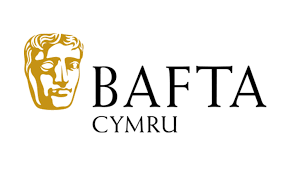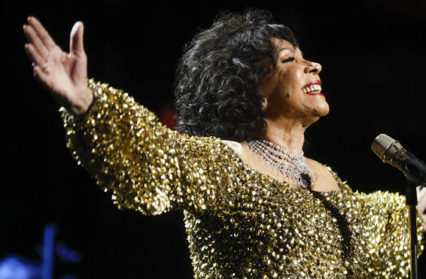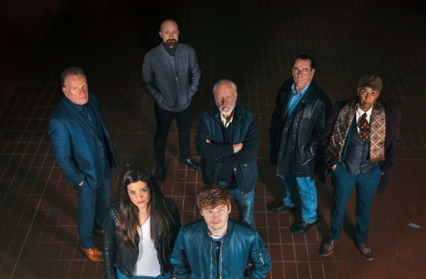Gary Raymond and Gray Taylor present a list of the greatest horror movies you may not have heard of – the perfect list for all those who are looking for something a little different on Halloween. We count down every day this week, revealing the top 10 on Halloween itself. This week we present the greatest horror movies 30-21!
(Banner Illustration by Dean Lewis)
[Warning: Some of the accompanying trailers in this article are not for the fainthearted]
50 Greatest Horror Movies 30-21
30. Your Vice is a Locked Room and Only I have the Key (1972. Dir: Sergio Martino)
You could pick any of Martino’s giallo movies – he made many and he was the master of the genre – but this one has everything that a staple of the Italian slasher movies should have: outlandish title, a voyeur’s attention to gore, inventive ways of getting to that gore, and some good hammy female leads. This has both Edwige Fenech, in a rare kind-hearted(ish) role, and Anita Strindberg. It’s a loose adaptation of Poe’s ‘Black Cat’, although by the end of it you may be wondering if Poe could have come up with the various killings. (Not that anyone is arguing he wouldn’t have approved). GR
29. The Devil’s Backbone (2001. Dir. Guillermo del Toro)
Set during the Spanish Civil War, del Toro’s ghost story features some of the most atmospheric horror ever committed to celluloid. In the grounds of an orphanage sits an unexploded bomb and a story of a child that went missing the day the bomb arrived. An abandoned boy arrives at the house and is haunted by visions. Simple in its construct but truly beguiling as a horror film, it paved the way for del Toro’s next masterpiece, Pan’s Labyrinth, which could well be see as this films female counterpart. The Devil’s Backbone deserves as much attention lavished on it as any of del Toro’s more commercially successful films. GT
28. It Follows (2014. Dir: David Robert Mitchell)
Part of the recent resurgence of the artful, thoughtful horror movie, Mitchell has found that gold nugget for horror auteurs: the priceless premise. Here we have a demon who takes any shape it needs to get close to you, and when it does it will rip you to pieces. You can outrun it, but you can’t shake it off. You can, however, pass it on. How? By having sex. Interpreted in a variety of different ways, including both as a satire on the abstinence movement and as poster campaign in that movement’s favour, It Follows is a striking, knowing horror movie, and in its lead, Maika Monroe, it produces a scream queen for the next generation. GR
27. Profondo Rosso AKA Deep Red (1975. Dir. Dario Argento)
On the surface, this film continues Argento’s successful run of giallos that began with The Bird With The Crystal Plummage, but Profondo Rosso is a much harder beast to categorise. This film bridges the gap between his traditional thrillers and his the candy-coloured fever dreams of the likes of Suspiria. It has many of the trappings of the giallo genre; innocent man gets involved in a murder after seeing something he has wrongly interpreted, but here we have a large dose of gothic horror and some surrealism too. The edition of the psychic storyline, also, gives this an otherworldly horror feel, as does Goblin’s perfectly-pitched and brilliant rock score. Add to all of this the scariest puppet of all time and you have a horror-thriller epic that never fails to chill the bones. GT
26. The Blood Spattered Bride (1972. Dir: Vincente Aranda)
Vampire movie as feminist diatribe? Vampire movie as anti-feminist scare-mongering? It depends largely on your own fears, I suppose. Are lesbians coming to chop off our penises? Or do men deserve everything they get? This extremely effective chiller carries with it not only spatterings of blood (buckets of the stuff, more accurately), but also a few sprays of Platonism and Jungian philosophies. It is a movie interested in the dark compulsions of the human psyche, yes, but it is also is a surprising addition to the feminist essays of its time. Maribel Martin is an extremely good lead in a story based on Sheridan Le Fanu’s prototype vampire(-lesbian) story, Carmilla. It may plod along for a little bit rather unassumingly at the beginning, but when it gets going, it surpasses anything Plato or Jung must have been thinking when they wrote about those dark places, and its feminist message could not be more laid out in the open. A remarkable, if heavy-handed, piece of political film-making. GR
25. Frightmare (1974. Dir. Pete Walker)
Pete Walker and writer David McGillivary excelled in making smart, low budget exploitation movies that always had a good dose of scathing social commentary and anti-establishmentarianism. Frightmare, perhaps their most successful collaboration, viciously attacks the traditional British family, still a respected institution in the mid-seventies. Central to the film is a startling performance by underrated actress Sheila Keith, who beautifully plays a traditionally grey haired old mother who just so happens to have canibalistic tendencies and a penchant for brutal murder. Made for fifty quid but no less scary and affecting because of it. GT
24. A Bay of Blood (1971. Dir: Mario Bava)
Certainly not one of Bava’s most sophisticated horror movies, A Bay of Blood is rather the best wilderness slasher out there. Friday the 13th deserves its plaudits, and The Burning has its fans (although I’m not one of them), but A Bay of Blood has all the style of the master, and on the Blu Ray edition it is one of the most electrifying horror movies on the market at the moment. The lake ripples, the woodland rustles, and the blood flows. All good chills and spills, with Bava at his most relaxed. Like so many of the slashers of this period, there is little to be gained by chasing down the plot, just allow the tension and the visuals to guide you. GR
23. The Sorcerers (1967. Dir. Michael Reeves)
Michael Reeves should have been the biggest thing to hit seventies horror. He designed the language of the majority of that decade in only three films, the three films he made in the second half of the sixties and just before his mysterious death at the age of 25 in 1969, just before his decade began. The Sorcerers, the second of his classic trilogy, features an elderly couple who find that via hypnosis they can live vicariously through the life and sensual experiences of a young man (Ian Ogilvy), which leads to murder and chaos. Made for next to nothing, this is a rare beast: a psychedelic horror film with a modern setting that really works. Another coup pulled off by Reeves is that he gets a truly fascinating and touching performance from Boris Karloff, in one of his final and greatest appearances. GT
22. Empire of Passion (1978. Dir: Nagisa Oshima)
It almost feels a bit cheap to put this French-Japanese movie on a list of horror movies. It’s closer to Shakespeare than it is to Hellraiser III, let me put it that way. Empire of Passion is a soaring exploration of passion and tragedy, captured in the shell of a ghost story. Revenge is to be had by the murdered husband returning to his wife and her lover several years after the dirty deed has been done. Beautifully shot and eerily staged, this is a fable, but it is also a deeply unsettling look at the destructive powers of lust and guilt. And for fans of the Ringu movies, this also has a rather scary well. GR
21. Satan’s Slave (1976. Dir. Norman J. Warren)
If Britain ever had a truly great drive-in director in the seventies then it was Norman J. Warren. Warren’s films exude that grimy exploitation feel and explode into gory violence. Here he lays it on thick with bountiful torture, naked ladies, sacrifices, seventies atmosphere to spare, and Michael Gough. The fear of devil cults and their cruel actions pervaded many a seventies horror in a post Manson Family world, and by the time Satan’s Slave was made it had pretty much run it’s course, but this is one of the best low budget horrors from the seventies that is best enjoyed with friends and a few beers. Also, recommended is Warren’s Terror (1978) and his 1981 Alien rip off Inseminoid. GT
Click Here to read 40-31
Click Here to read 20-11


